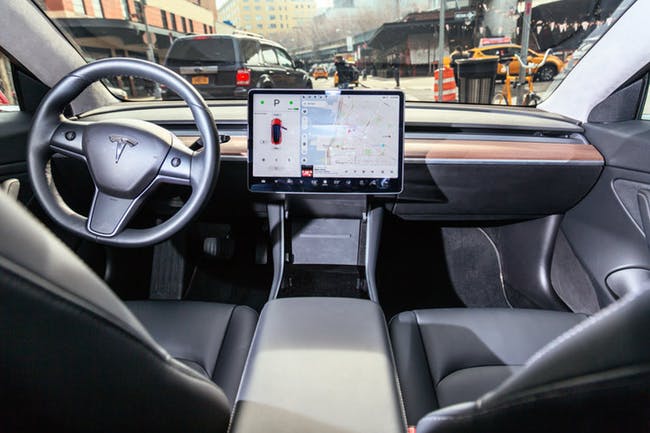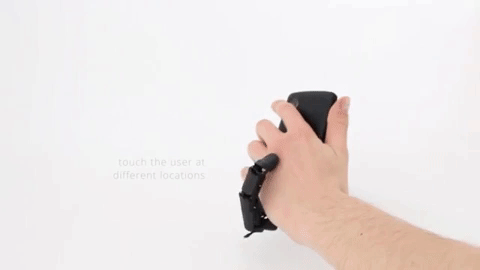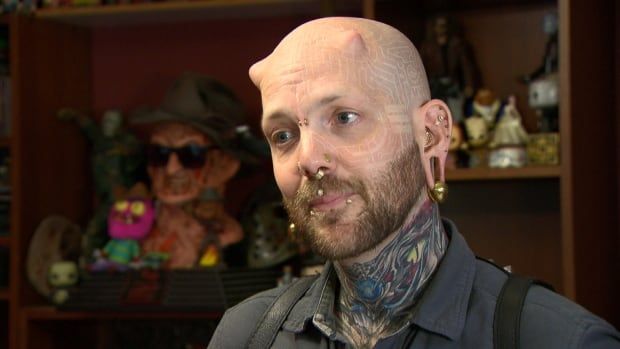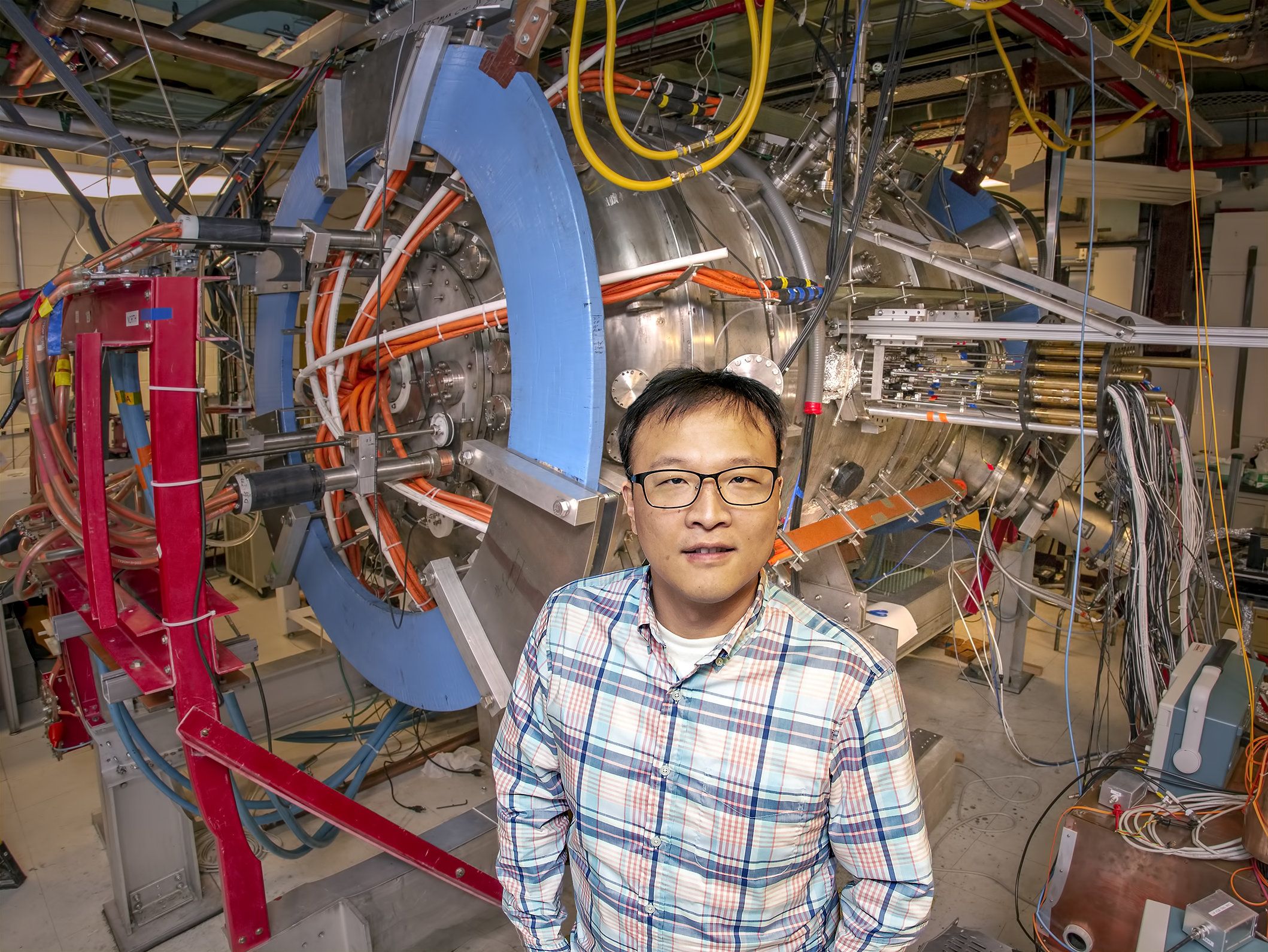Tesla is shaking up the automotive industry. But which of Tesla’s products and features are doing the disrupting, and who will be affected? A recent article by Benedict Evans delves into the details of this automotive disruption with comparisons to similar shake ups in the tech industry.
Evans uses the disruptive wave that Apple unleashed on Palm, Nokia, and other makers of previous-generation cell phones as an analogy. “When Nokia’s people looked at the first iPhone, they saw a not-great phone with some cool features that they were going to build too, being produced at a small fraction of the volumes they were selling,” he writes. “When many car company people look at a Tesla, they see a not-great car with some cool features that they’re going to build too, being produced at a small fraction of the volumes they’re selling.”
But can Tesla be considered the Apple of the auto industry, and if so, what would that mean? Disruption occurs when a new technology or concept changes the basis of competition in a field. However, not every new technology turns out to be disruptive. “Some things do not change the basis of competition enough, and for some things the incumbents are able to learn and absorb the new concept instead,” writes Evans, noting that business professor Clay Christensen calls this “sustaining innovation” as opposed to “disruptive innovation”.








